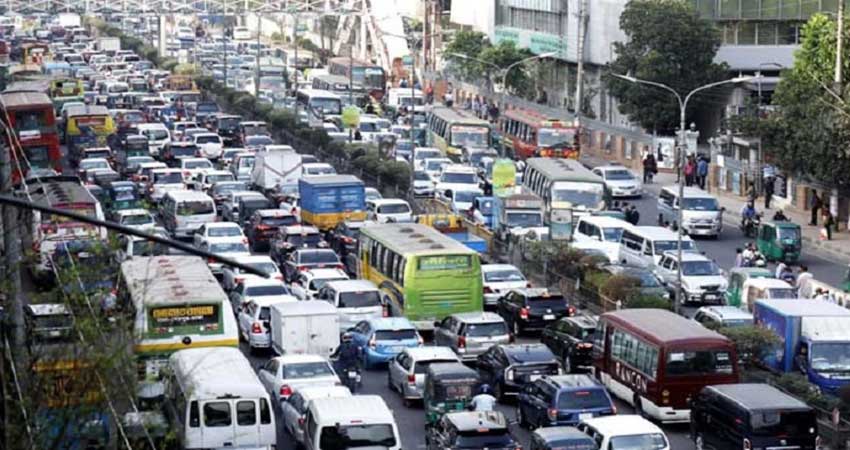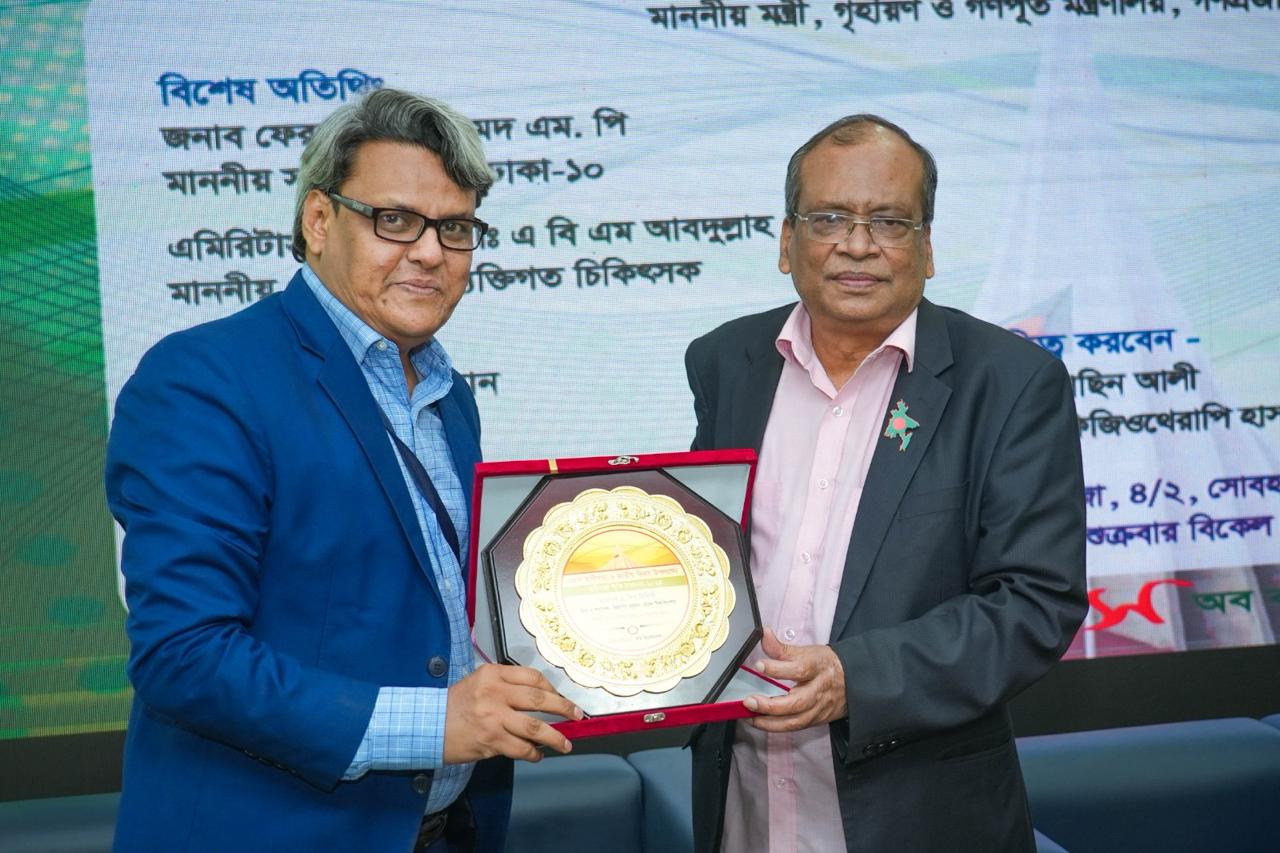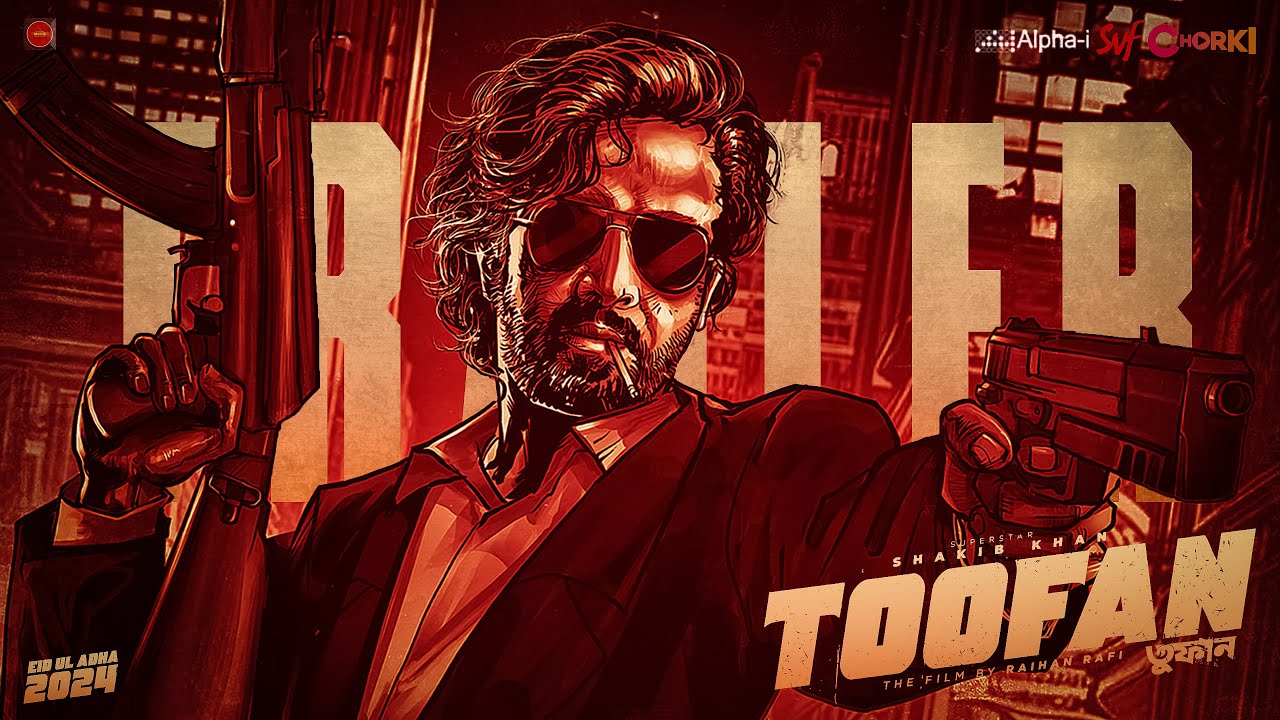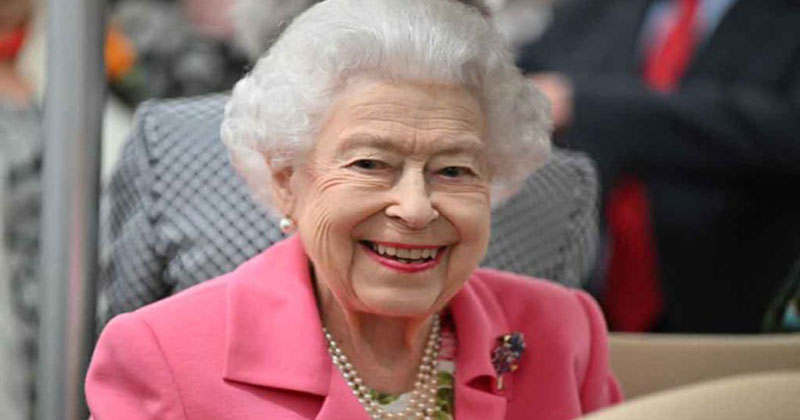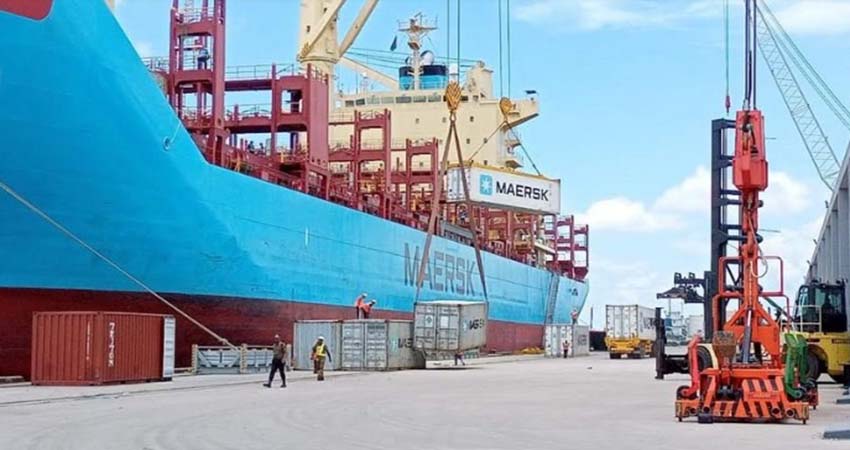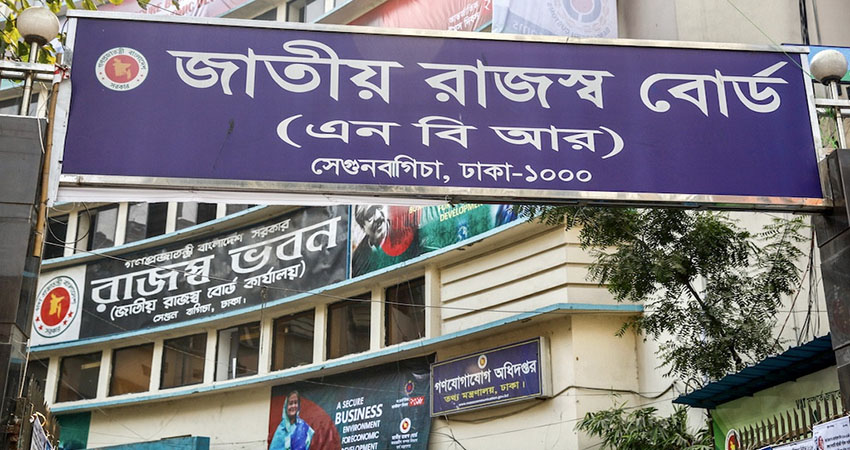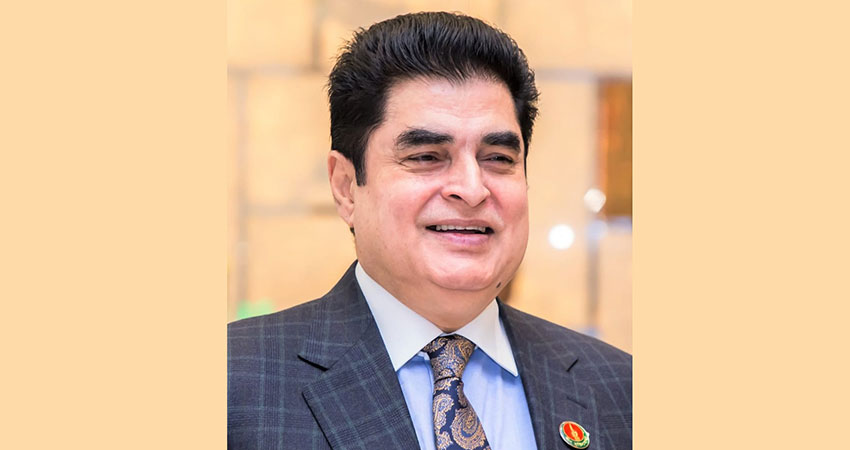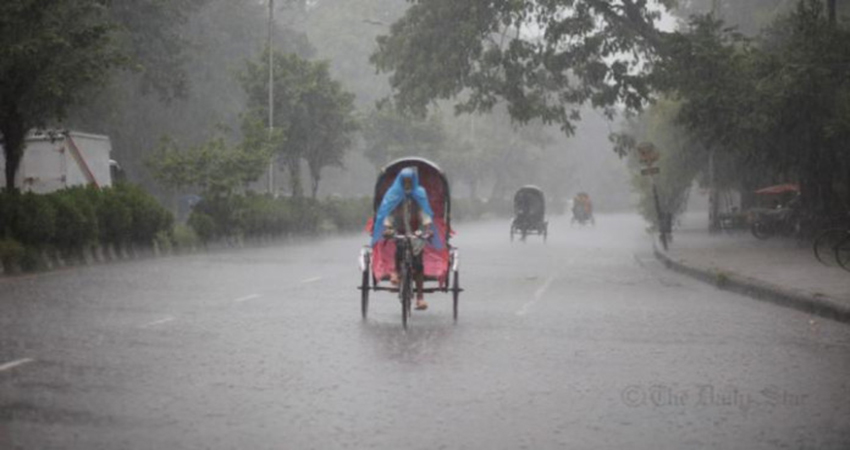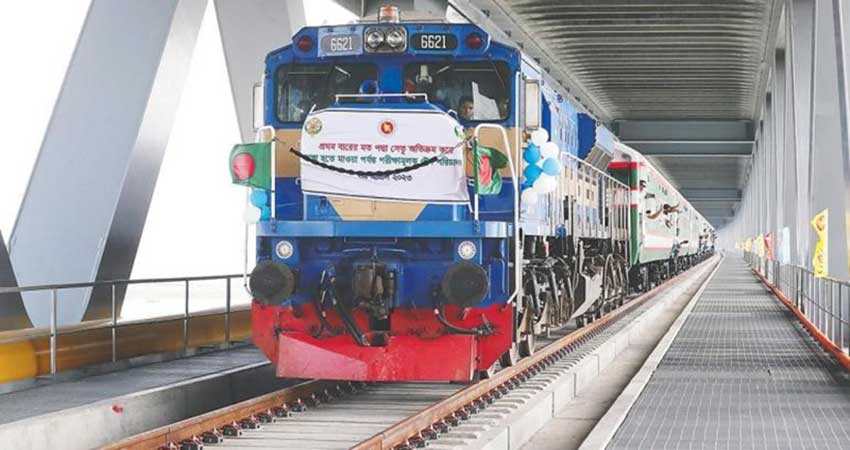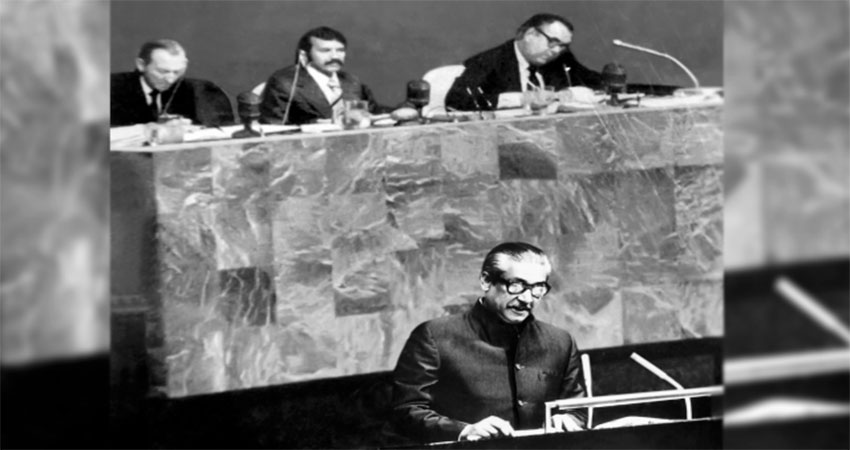It was Wednesday. A man named Iqbal Hossain who was waiting at 3:25pm at Fulbaria in the capital for a bus to go to Kuril Biswa Road. Due to immense pressure of passengers, he could not get on buses. After 25 minutes, he got on a bus named Akash Paribahan but that was also full of passengers. The bus was moving very slowly. It took 50 minutes to reach Kakrail from Gulistan Zero Point via Paltan. But normally it takes 15 minutes to go on foot.
Not only Iqbal Hossain, almost all the city passengers experience the same every day in the capital.
Working hours of people and fuel are wasted after being stranded in gridlock for hours in the capital. Besides, air pollution increases in such a situation. The financial loss impacts the gross domestic product (GDP).
Dhaka has turned into the world’s slowest city due to traffic jam. A study of National Bureau of Economic Research in the US revealed this information. Dhaka’s score is 0.60 on the research index. Next is Lagos of Nigeria, with 0.52 points.
With the finance of the World Bank, the study titled, “The Fast, The Slow and The Congested: Urban Transportation in Rich and Poor Counties” was published in last August.
The study was conducted on 200 cities of 152 countries. China and North Korea were not included in the research.
As per the information of the study, apart from Dhaka, there are two cities of Bangladesh --Mymensingh and Chattogram-- in the list of the world’s top 20 slowest cities.
It was observed in the study that the vehicle speed is 50 percent higher in the rich countries compared to poor countries. The per capita income is also higher in the cities where vehicle speed is higher.
There was a discussion on densely population in the study.
Aalto University’s researcher Prottoy A Akbar said a densely populated city may not be always slow, while the most densely populated city may not be slowest.
Such information was revealed in the study. Among the top 20 densely populated cities in the world, Colombia’s capital Bogota ranked first. But Dhaka was not included in the list. While Dhaka is second in the list of cities that are not densely populated but slow.
Accident Research Institute (ARI) of Bangladesh University of Engineering (BUET) conducts regular research on road system, traffic congestion and transport situation of Dhaka in Bangladesh.
Speaking on the study of National Bureau of Economic Research of the US, former director of ARI and BUET Professor Md Hadiuzzaman said, “We are worried about the outcome of the study as it is alarming. This research is very rational. Our traffic jam is switching over to branch roads from the main roads.”
Professor Md Hadiuzzaman said, “We could not accomplish our land management at all. That is why our city slows down compared to other cities of the world even when there is less traffic on our roads. It is not possible to lessen congestion by building infrastructures. Now is the time to take decision in policy-making level.”
A BUET study conducted in 2020 revealed that the average speed of vehicles on the road during peak hour was 6.5 kilometer per hour. The speed came down to 4.8 kilometer in 2022. On the other hand, the speed of walking of a physically fit person was higher.
According to a study done by renowned research publication organization Plus One Journal, the walking speed of 20-29 year-aged person is 4.9 kilometer per hour. People of 30-50 years old can walk 5.1 kilometer in a hour. The walking speed of the people above 60 years is 4.8 kilometer per hour. The average speed of people in different age group is 4.83 kilometer per hour , which is higher than the speed of vehicles on the roads of the capital during peak hour.
Observing the transport and communication system of Dhaka city, it was apprehended in the revised strategic transport plan (RSTP) of the Rajdhani Unnayan Kartripakkha (Rajuk), that by 2030, the speed of vehicles on the roads may decrease even more than the walking speed of people. The condition of roads in the capital may worsen in the future considering the present situation.
Urban planner and architect Iqbal Habib finds no lacking in the planning at the policy-making level.
Talking to journalist, he said, “There has been a proposal to increase the walking space in the RSTP. Besides, emphasis was given on the increased number of public transport and proper use of road. But the main problem is private cars as some 80 percent of the space on the road is being occupied.”
Meanwhile, an average of 2.46 hours of a person's daily time in the capital is being wasted for traffic jam. As a result, a person sees loss of 276 hours in a year. Due to heavy traffic, extra fuel is being burnt. The productivity of people is being hampered.
In addition to the damage to human health due to air pollution, an additional expenditure of Tk 4,000 is being spent by a person every year for the treatment.
The information was learnt from a survey titled 'Reducing Pollution for Green City' organised by research institute The Center for Policy Dialogue (CPD). Basically, the organisation conducted a survey on 500 families in the two city corporation areas of Dhaka in May and June this year.

